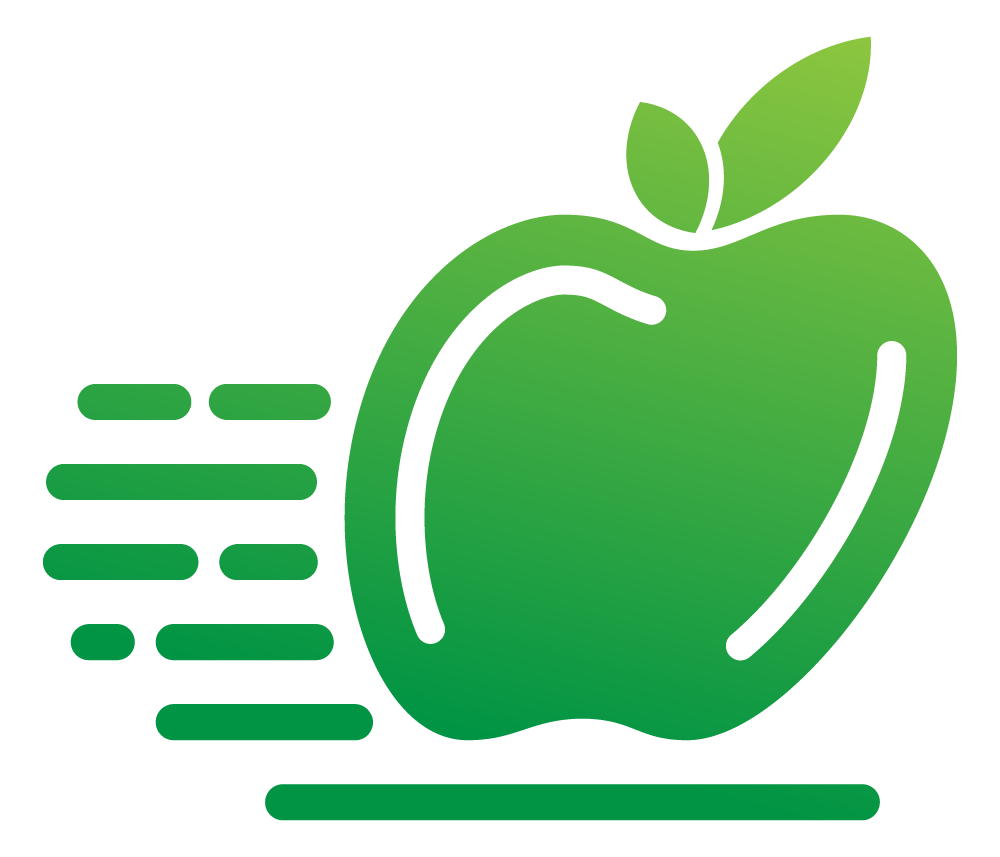21 Miles Run With T1 Diabetes - 100% Time In Range (What I Did And Why)
My next marathon (Verona, 17 November) is getting closer: I’m getting the miles in and dialing in my T1 Diabetes strategy.
Two weeks ago, I went for 18 miles long run, and I was mostly in range - except for the first 30 minutes.
Last week’s 21 miler was an excellent occasion to refine my blood sugar strategy and put some changes in place to achieve that 100% time in range. I spent some time analyzing what went wrong last time, and gained some clarity. My mistake was in the timing of my carb and insulin intake before the run. If I could fix these, I was confident I could nail my T1 diabetes during this run.
And so did I: observation, annotation, optimization and implementation.
And I went back at it again last week: 21 miles, 100% Time In Range.
That’s what happens when I plan for diabetes to "behave" (when I run as well as in every day’s life).
Here's what I changed and what I did (and why) to manage insulin & carbs:
Each number is a paragraph! :-)
1 - Pre-Run: Timing My Insulin And Carb Intake To Avoid Highs And Lows
My mistake last time was not giving insulin enough time to get into circulation.
I got my units, my coffee and my pre-run snack all within 10 minutes. Both coffee and carbs cause blood sugar rises, and getting them in as soon as I woke up only made things worse, because the dawn phenomenon was also kicking in. This time, I did things less frenetically.
I woke up (6AM), drank 1L of water (with lemon and salt), got the bolus units I needed and waited 10-15 minutes.
Once I was well hydrated and sure I had tamed the dawn phenomenon, I started to drink my coffee and get my carbs in - nothing big, just a mix of whole bread and a medjool date (complex + quick carbs, for a total of 30 grams) to get the energy I needed while avoiding spikes.
Based on previous day's ratios, I knew I needed 2u of insulin to manage all of it (caffeine + 30g carbs + dawn phenomenon). However, I only took 1u to start, the rule being that you can always add insulin, but you can’t remove it. I had 21 miles to run and I wanted to avoid lows, so I gave 1u, ate, observed how my blood sugars reacted (was happening) and only if the rise was too much would I give the second unit.
After one and a half hours my blood sugar was at 190, right before the start of my run. I decided to give an additional 0.5u (instead of 1u) to keep it under 200 without causing a cliff - I was about to start running, after all!
I was conscious my blood sugars would come down within the first hour, but I had a plan for that.
I laced my shoes up and started burning asphalt.
2 - Mile 5: Proactive Carb-Up To Keep Blood Sugars Up
My blood sugars stayed in the 190s for the first 30’ - fine, but I knew they were about to drop because I had 0.5u of insulin on board.
I knew this would happen based on last week's run. So I did something counterintuitive: despite being almost at 200, I ate one medjool date every 10 minutes (40g carbs total during the first hour) to keep my blood sugars in the right spot. The goal was to “accompany” my blood sugars to the 120s without any sudden drop or risks of hypoglycemia.
Additionally, I was about to pick up the pace and those carbs would serve me very well.
3 - Mile 10: Getting Out Of “Danger Zone”
I upped my pace between mile 5 and mile 10, and my blood sugars got lower than expected (100s instead of 120s).
At this point, halfway through the run, I had planned to get 1 gel (30g carbs). But I didn’t feel comfortable and got 2 instead of (60g carbs). My CGM indicated 100 but the arrow was pointing down slightly - and I felt that my body was getting weaker. I wasn't scared of a low, but I knew I needed to act rapidly, because the second half of the run was going to be intense, and I needed my blood sugars to cooperate.
(By the way, that’s why I always bring twice as many gels on my runs. You never know what could happen, and if blood sugars get low, better be ready and safe. If I need 3 gels, I bring 6. Always!)
The first gel was pure glucose and fructose, to get me out of the red zone. The second one was a slower acting one but contained caffeine: the caffeine would kick my blood sugars up while the slower acting carbohydrates would be released after 10 mins, when I would pick up the pace again.
I slowed down for a few minutes to let sugars and caffeine do their job, and when my CGM was trending up again I got back at full speed.
4 - Fuelling The Last Miles The Right Way
It worked: my blood sugars came back up around 170s.
I felt confident and strong again, and I upped my pace: my goal for this run was to end with a negative split (being faster in the second half than the first half), and with diabetes dialed in, I was ready to push again in the last 5 miles.
All I needed was energy & stable blood sugars.
Based on what happened in the first half of the run, I suspected I would go down again. It was gut feeling, but I preferred to add another gel (40g of carbs, 19g of which sugar) with caffeine for a slower but steady release. And I am glad I did, because the last 5, intense miles caused another slight blood sugar drop.
That extra gel came at the perfect time!
5 - Post-Run Refuel, With Revised Insulin Timing
And I got back home: 21 miles completed and a final blood sugar of 109.
This was an excellent result and a nice improvement since my prior long run. I timed my pre-run insulin and carbs better, I refined my run nutrition and was able to handle a few challenging moments. Now, it was time to get carbs in to refuel.
As soon as I stepped into the door, I gave a shot of insulin.
Based on my breakfast ratio, I had calculated around 8u of rapid insulin - but I gave 5. Why? That’s the split-bolus strategy! I knew my blood sugars would likely rise after the run (my body starting to metabolize all the glucose I ate during the run, without insulin), so I needed some units to cover up for that. Given the 21 miles I had just ran, my insulin sensitivity was peaking so I didn’t want to exaggerate with the dose. That’s why I decided to take only 5 out of 8 units, eat, and then take the remaining 3 ONLY if my blood sugars started to rise too rapidly in the next hour or so.
I find that to be a safer approach. Once again: you can always add insulin, but you can’t remove it. Especially after such a long run.
Note about my recovery meal, the tastiest thing ever (150g carbs, 40g proteins, 25g fats):
To start, I had a mix of nuts with leafy greens and pure cacao on top (trust me, put cacao on top of your salad and your existence will be changed forever!).
Then I moved to the main serving: A huge oatmeal with oats, banana, chia seeds, soy milk and coffee. Adding coffee and letting oats sink into it turn a simple oatmeal into something close to a tiramisu. So tasty.
I added a beetroot and a few pears after half an hour, because I like fruits.
Conclusion: Happy, But With Some Things To ImprovePost-Run Refuel, With Revised Insulin Timing
I am very happy with how it went, really. This 100% time in range originated in the simple act of taking note about my blood sugars every day (w/ pen & paper): what I ate, dosed, why, what happened, and so on. And all this data informed a more effective game plan.
Now I feel capable of managing my blood sugars during a marathon, but there are some points I need to address, considering that race days are always tricky for me: the adrenaline of "the big day" & the fear of going low have always led me to eat more than needed (causing spikes).
In particular:
To avoid going down to the 100s after 10 miles, I’ll probably get a gel with pure carbs (instead of medjool dates, which also contain fiber)
To avoid a drop around mile 20, I’ll get a gel with pure carbs and caffeine (instead of a slow acting gel with caffeine)
These two fixes should help on Marathon Day. And as long as I don’t let fear dominate and trust my plan, I am confident can make it.
BONUS 2 - 18 miler recap: https://x.com/GTertulli/status/1847589507794624922



